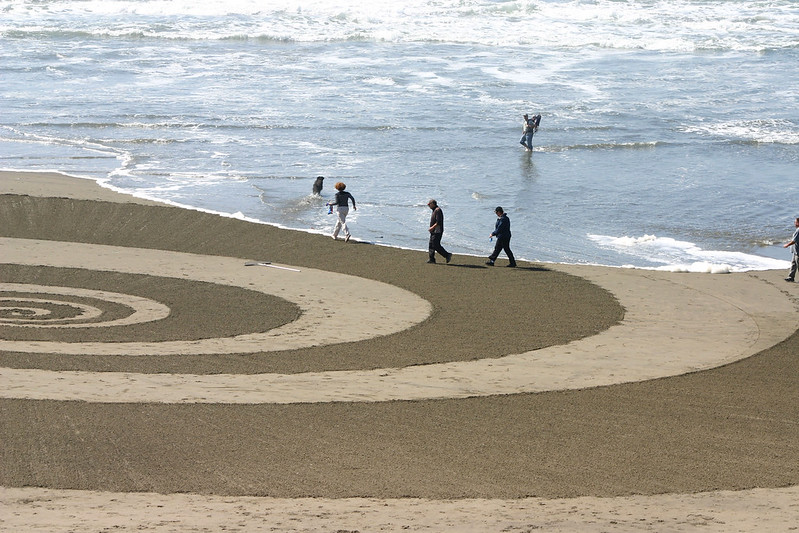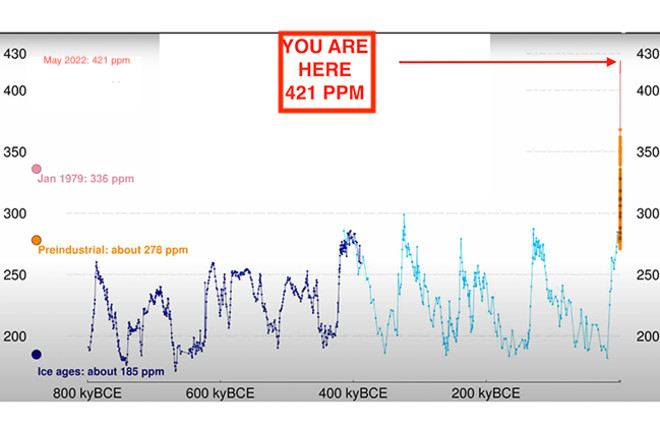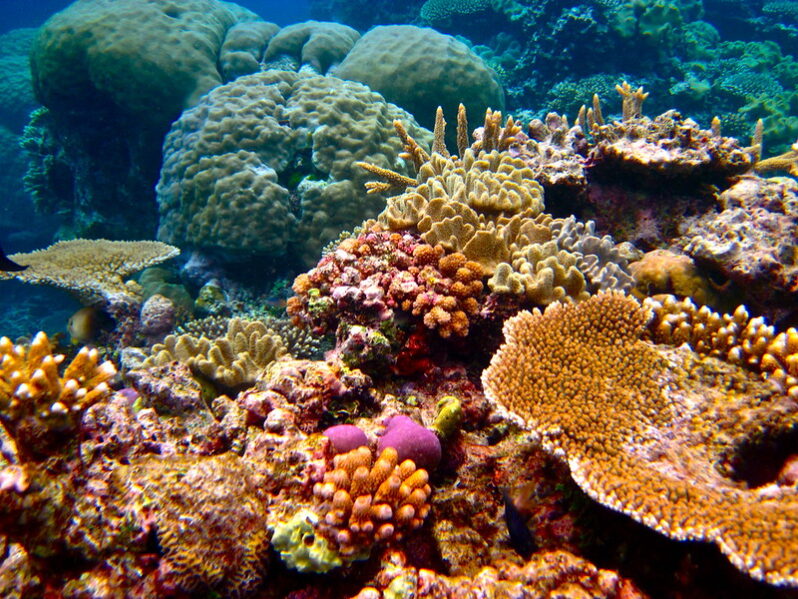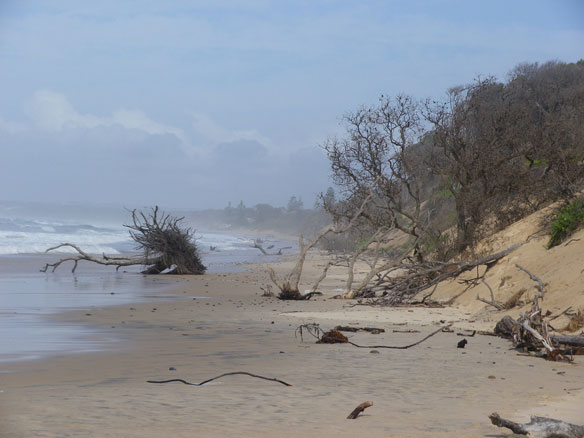Interview | American artist Jim Denevan on his ephemeral earthworks – The Art Newspaper

The California-based artist Jim Denevan has created unfathomably symmetrical ephemeral “paintings” on the sand since the mid-1990s, using a stick or rake to draw sometimes miles-long geometric and Fibonacci-inspired compositions. His monumental site-specific work Angle of Repose was a major highlight of Desert X AlUla’s second edition this year, comprising several concentric pyramidal mounds of various sizes that surreally altered the desert landscape.
Big wave surfer Maya Gabeira talks new children’s book – Good Morning America

Big wave surfer and two-time world record holder Maya Gabeira drops by Good Morning America to talk about her new children’s book, “Maya and the Beast.”
“Maya and the Beast” features illustrations by Ramona Raulitzki. Published by Abrams, it is available in bookstores and amazon.com.
New CO2 Record Prompts a Scientist to Ask, ‘What’s It Going to Take for Us to Wake Up?’ – Discover Magazine

CO2 levels are now 50 percent higher than in pre-industrial times — a level not seen for 4 million years.
Every year at this time, headlines proclaim that carbon dioxide in the atmosphere has climbed to record high levels. But that really shouldn’t be all that surprising, given that CO2 has risen to a new high every single year but one since direct measurements began in 1958.
Now, however, an arguably more meaningful milestone has been passed.
Great Barrier Reef records highest hard coral cover in 36 years – Reef Builders

The Australian Institute of Marine Science has reported a 36-year coral coverage high across the Great Barrier Reef for 2021/22. The greatest coverage increases were reported in the North and Central regions of the GBR, which is in direct contrast as they have also been the regions worst affected by coral bleaching via rising sea temperatures in recent years. In the Southern region, monitoring found that coral coverage decreased slightly, but that was due to other pressures affecting coral, like Crown of Thorns starfish outbreaks. The coral genus most responsible for the increase was Acropora. The recovery is encouraging news as Acropora are also the genus most susceptible to bleaching in previous events. The Great Barrier Reef has experienced four bleaching events since 2016, but the AIMS report found that coral mortality was low during the last one.
We Will All End Up Paying for Someone Else’s Beach House – New York Times

A video of a North Carolina beach house being dismembered by a voracious ocean was a viral hit this spring. But it won’t be long before the novelty wears off. As sea level rises and storm surges grow more intense, beach towns on every coast of the United States will soon be sacrificing more real estate to Poseidon. A 2018 study by the Union of Concerned Scientists found that more than 300,000 coastal homes, currently worth well over $100 billion, are at risk of “chronic inundation” by 2045.
Florida’s Vanishing Beaches: The fight against coastal erosion – ABC Action News

According to a June report by the Florida Department of Environmental Protection, more than half of the 825 miles of coastline they surveyed are critically eroded…
Half of the beaches on the Costa del Sol are at serious risk of sand loss – SUR

The loss of sand is a “serious risk” for half of the beaches in Malaga province, while another 40% are at “moderate risk” and 5% at slight risk, according to a report on the Strategy for the Protection of the Malaga Coast which the Secretary of State for the Environment, Hugo Morán, presented to mayors and councilors in Malaga on Tuesday morning…
A 7m wall has gone up on a Sydney beach: are we destroying public space to save private property? – The Guardian

“We really didn’t want to build a wall,” says Bob Orth.
But Orth is one of 10 residents of Collaroy, on Sydney’s northern beaches, who have each paid $300,000 to do just that.
And not just any wall. Construction began in December on a seven-metre-high sheer concrete structure below the residents’ properties, which overlook a beach that has become notorious for dramatic erosion every time there is a big storm.
History of DDT ocean dumping off L.A. coast even worse than expected, EPA finds – Los Angeles Times

After an exhaustive historical investigation into the barrels of DDT waste reportedly dumped decades ago near Catalina Island, federal regulators concluded that the toxic pollution in the deep ocean could be far worse — and far more sweeping — than what scientists anticipated.
